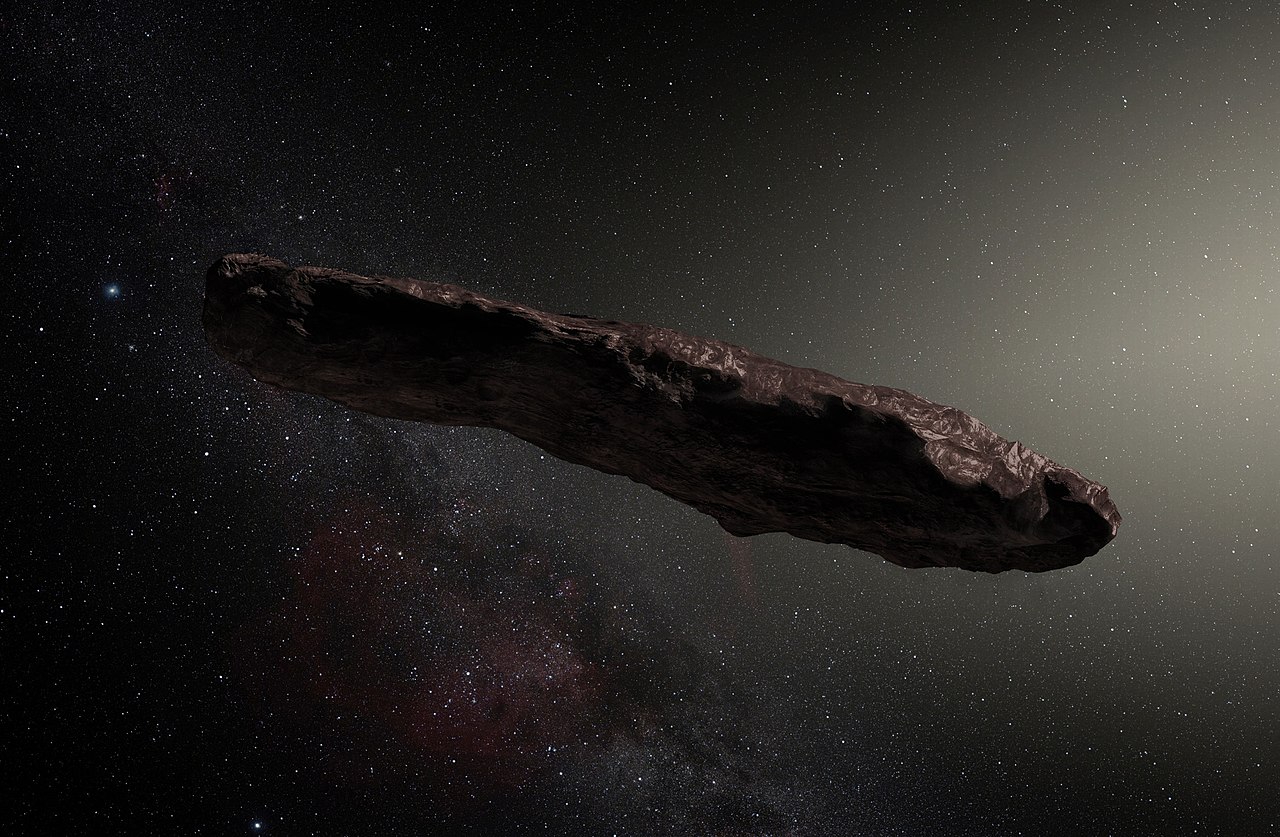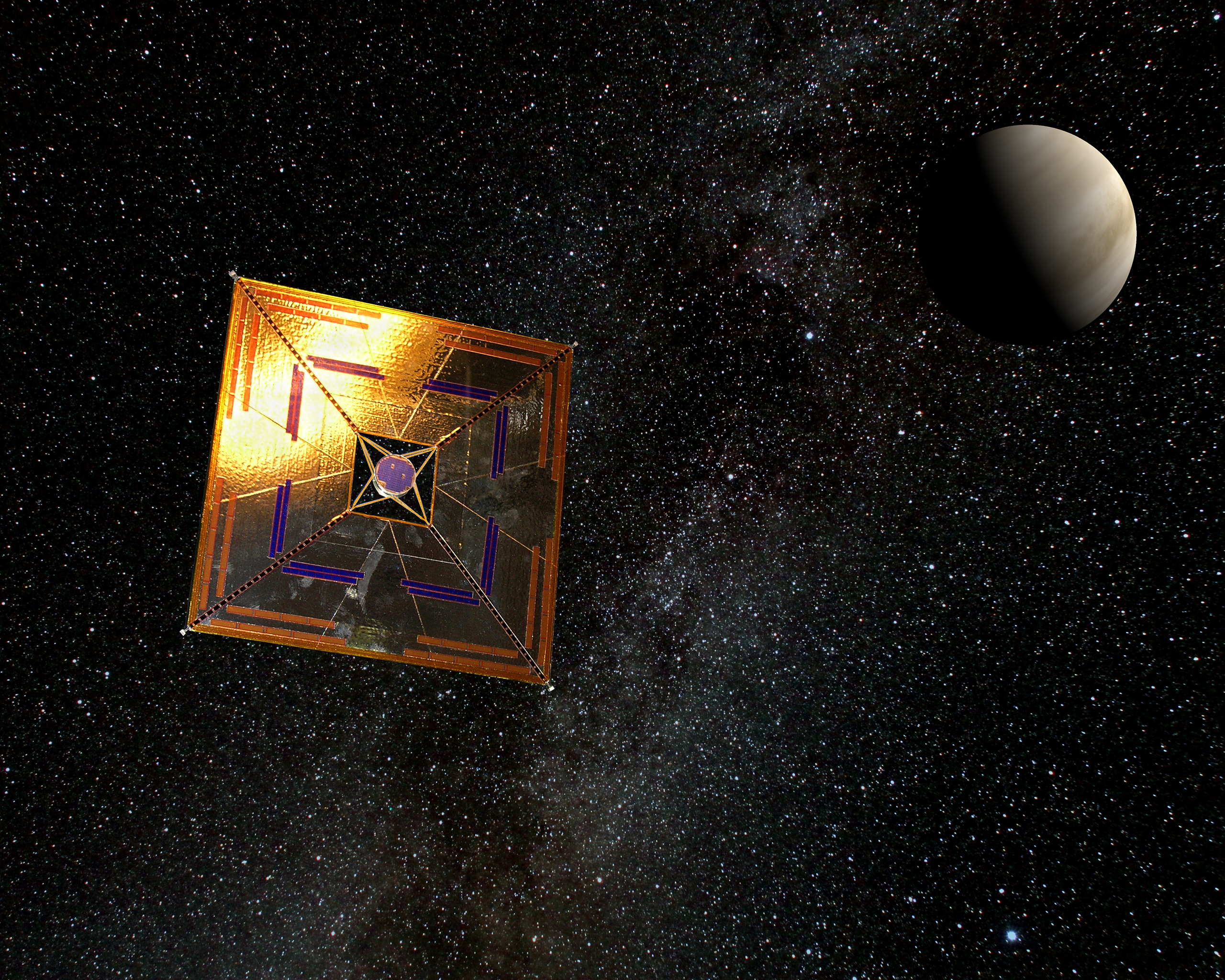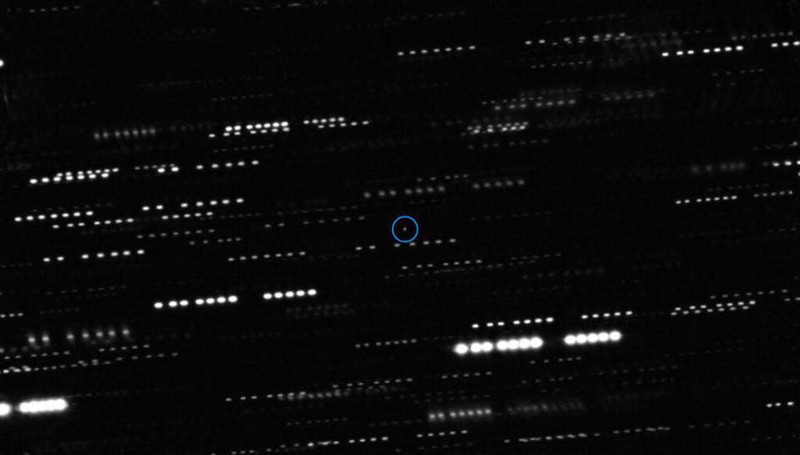Harvard astronomer’s “alien spherules” are industrial pollutants

- For all of human history, we’ve both hoped and feared the possibilities that would arise from “first contact” with aliens. However, despite much wishful thinking, no scientific evidence for their presence has ever appeared.
- Harvard astronomer Avi Loeb has been claiming for years that alien space probes are flying throughout the galaxy, claims that one smashed into Earth in 2014, and believes he’s found evidence for this on the seafloor.
- However, Loeb is opining not only far beyond the limits of his own expertise, but well outside of what the data indicates. New research has shown these “spherules” aren’t alien technology; they’re coal ash from human activity since the industrial revolution.
Perhaps the biggest question in all of the cosmos is that of life beyond Earth. With so many stars and planets, and with the raw ingredients for life found strewn all about the Universe, there are enormous numbers of proverbial lottery tickets out there: chances for life to arise, survive, persist, and thrive. But humanity still awaits the discovery of our first instance of life beyond Earth, whether it be primitive life on worlds far beyond our own, complex life on a world where biological activity has occurred for billions of years, or intelligent, technologically advanced life that we might someday contact and communicate with.
That lack of success, so far, should in no way dissuade us from continuing the search for life elsewhere in the Universe. However, we have to be extremely wary of those who claim to see evidence for the existence of aliens where none exists. Recently, Harvard astronomer Avi Loeb has put forth a series of extraordinary claims concerning alien technology, asserting that:
- in 2014, an object struck Earth that originated from beyond the Solar System,
- that object should have impacted the Indian Ocean off of the coast of Papua New Guinea,
- that an expedition he took to that location recovered metal spheres that correspond to that object,
- and that his analysis of that object shows that it is not only completely alien to our Solar System, but is likely evidence for technologically advanced aliens.
Unfortunately, an independent analysis not only disfavors the “alien spherule” hypothesis, but shows that the spherules Loeb recovered are most consistent with coal ash: a terrestrial contaminant from human activity since the industrial revolution. Here’s the scientific truth that completely undermines each and every one of Loeb’s specious claims.
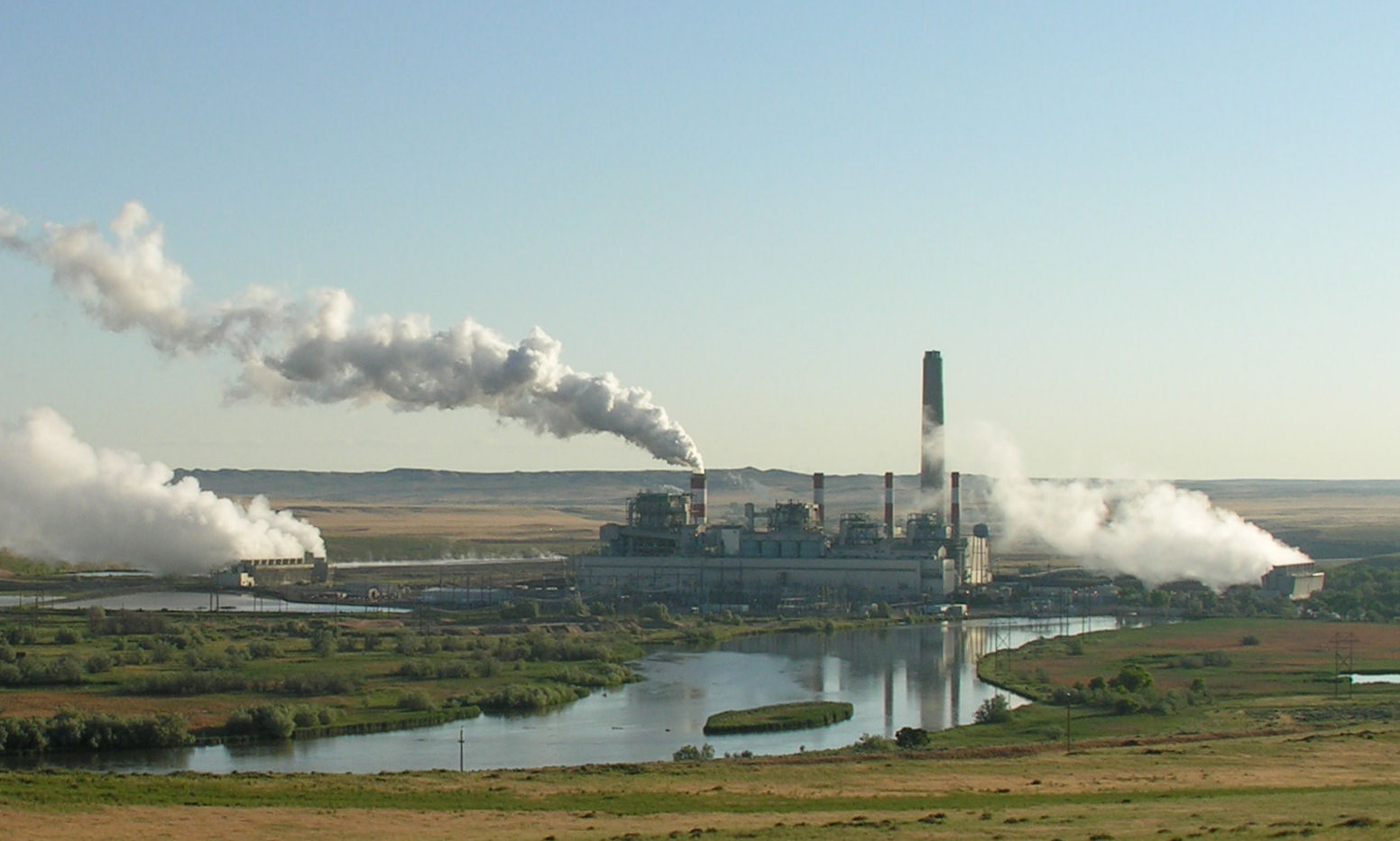
The extraordinary hypothesis vs. the null hypothesis
In any endeavor, it’s very important to differentiate between the hypothesis you’re looking to advance — the non-standard or more extraordinary hypothesis — and what we typically call the null hypothesis. The null hypothesis should be what you default to as a scientist: the idea that what you’re seeing or observing can 100% be explained without postulating any novel scientific discoveries, but rather by what is already well-known and established within your field. It is only once you have demonstrated the insufficiency of the null hypothesis in one or more ways, i.e., when you’ve ruled out the null hypothesis, that you should begin considering and advancing the more extraordinary hypotheses.
This applies not only to the “alien technology” hypothesis advanced by Loeb, but to each and every point of consideration that relates to this object.
- Was the object that struck Earth in 2014, CNEOS 20140108, of interstellar origin?
- Were the spherules that Avi Loeb’s expedition recovered from the ocean floor components of that object?
- Do those spherules indicate that they possess not only an extraterrestrial, but an interstellar nature?
- And if so, do they possess properties that disfavor a natural origin and instead point to something as extraordinary as alien technology?
Each one of these four major points has an extraordinary hypothesis related to them, but also a null hypothesis. If we want to be scrupulous, we have to scrutinize every point and draw responsible, data-driven conclusions as best we can.

Point #1: Was CNEOS 20140108 of interstellar origin?
It’s important to recognize that, out there in the Universe, there’s a whole lot more than the Solar System “stuff” we’re familiar with. Here in our own backyard, we have planets, moons, asteroids, Kuiper belt objects, and Oort cloud objects. Occasionally, these objects get perturbed by other objects:
- struck by them, creating collisional debris,
- gravitationally influenced by them, changing their orbits,
- and either hurtled into the inner Solar System or out of the Solar System entirely.
Objects that make it into the inner Solar System can become comets, can create meteor showers, and can also strike the Earth: creating fireballs, bolides, or even meteorites if they survive intact down to Earth’s surface.
But our Solar System is not alone, and it is not unique. A few times in every million years, another star passes close enough to our own to perturb our own Oort cloud. Other stellar systems have objects within them as well, and many of those objects — including not just comet-like ones but also rock-and-ice-rich fragments arising from collisions — get ejected into interstellar space. Every so often, an object with an interstellar origin will pass through our Solar System, with the first two detected examples, ‘Oumuamua and Borisov, marking the start of our knowledge of the “interstellar interlopers” passing through our Solar System.

No doubt, there have been others. Some fraction of the objects impacting Earth over our history, doubtlessly, have been of interstellar origin as well. But have we ever detected one with any meaningful confidence that they’re interstellar in nature, like ‘Oumuamua or Borisov?
Absolutely not.
While Loeb (and his then-undergrad student) wrote a 2019 paper alleging the interstellar origin of object CNEOS 20140108, this relies on a highly uncertain measurement. There is no way to draw meaningful conclusions about:
- the accuracy of the observation,
- the derivation of the object’s past trajectory,
- the speed of the object as it impacted Earth,
- or the material/tensile strength of the object.
Others have pointed this out, including showing that these can only be considered “candidate” interstellar objects with low confidence, but Loeb has doubled down and continued to claim an interstellar nature for CNEOS 20140108. Loeb has even written that there is a “99.999+% confidence” that this object is interstellar, which is highly objectionable. As Dr. Steve Desch and Dr. Alan Jackson wrote:
“Uncertainties in the velocities of objects in the CNEOS database are not reported, but these can be estimated… and they are large. There is a > 0.1% probability the 2014-01-08 bolide is not interstellar, which sounds small, but in a catalog of about a thousand (Solar System) bolides, the odds are high that one would be that significantly mismeasured and appear to have interstellar velocities. 2014-01-08 appears to be that one.”
Other authors have concluded there’s less than a 50% chance that CNEOS 20140108 was interstellar in nature. Asserting that CNEOS 20140108 is of interstellar origin is an extraordinary claim, but the actual data is entirely consistent with the null hypothesis: that there’s nothing “interstellar” relating to that event at all.
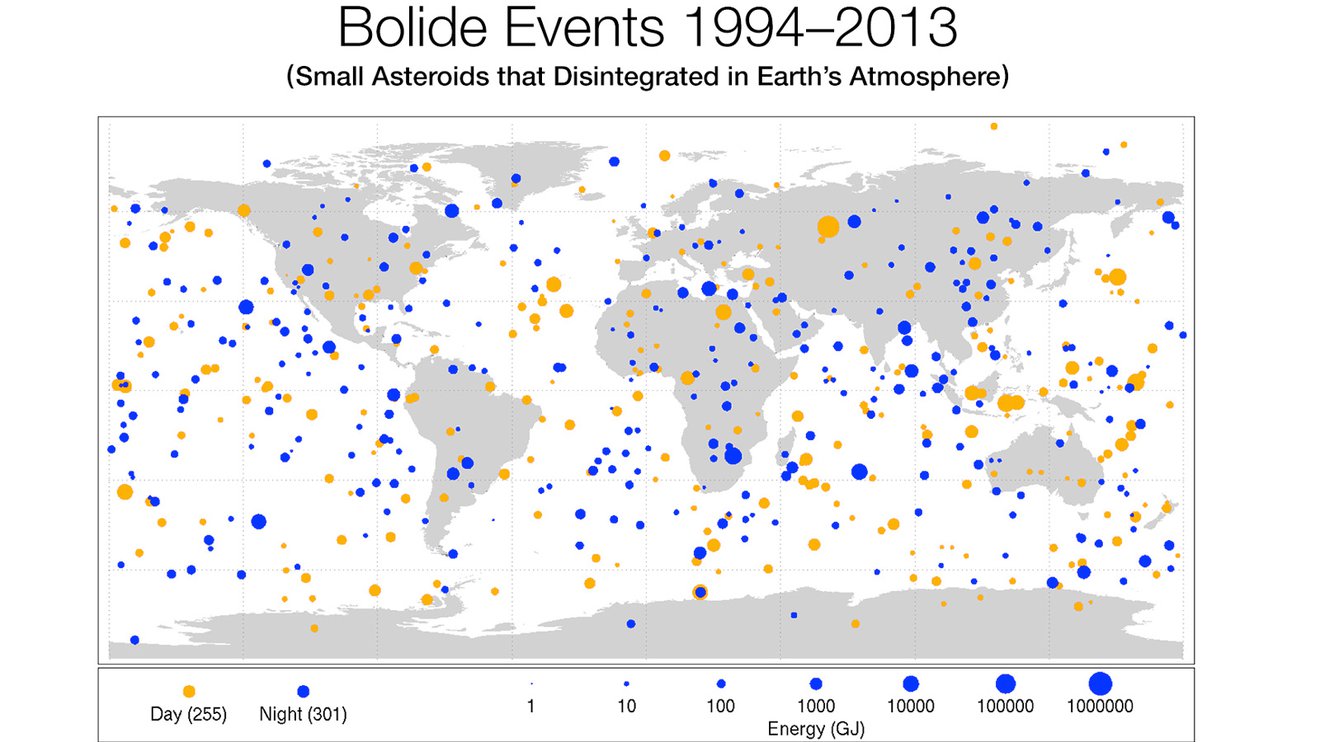
Point #2: Were the metal spherules recovered from Loeb’s expedition related to CNEOS 20140108 at all?
Loeb then claimed — despite the weakness of the supporting evidence — that the inferred trajectory, velocity, and material strength of CNEOS 20140108 were indeed reliable, and its impact location could be traced to a specific point on Earth. He then undertook an expedition to that location, combed the ocean bottom with a magnetic rake, and scooped up, among other things typically found on the ocean bottom, a number of metallic, sphere-shaped objects. They ranged in size from ~100 microns up to several millimeters, and all contained significant amounts of iron in them.
Were any of these spherules related to CNEOS 20140108?
There’s no reason to think “yes” is the answer. I asked planetary scientist Marc Fries, who led a 2018 expedition to recover material from a known meteorite fall: a meteorite that was tracked, landed on a continental shelf, was the largest meteorite fall seen in NEXRAD radar data since that system first began collecting data, and focused on recovery operations over a very small (0.4 square mile) area. He responded with a warning, noting:
“I’m still working on the paper from that because our results were unclear. It appears now that most of the material is terrestrial, a small amount is cosmic but not necessarily from this fall, and there’s one thoroughly weird particle that we can’t be certain about (but it’s most likely terrestrial). I’ve found it is harder than expected to achieve certainty working with tiny amounts of material from a variety of sources. This… event should be handled with caution.”
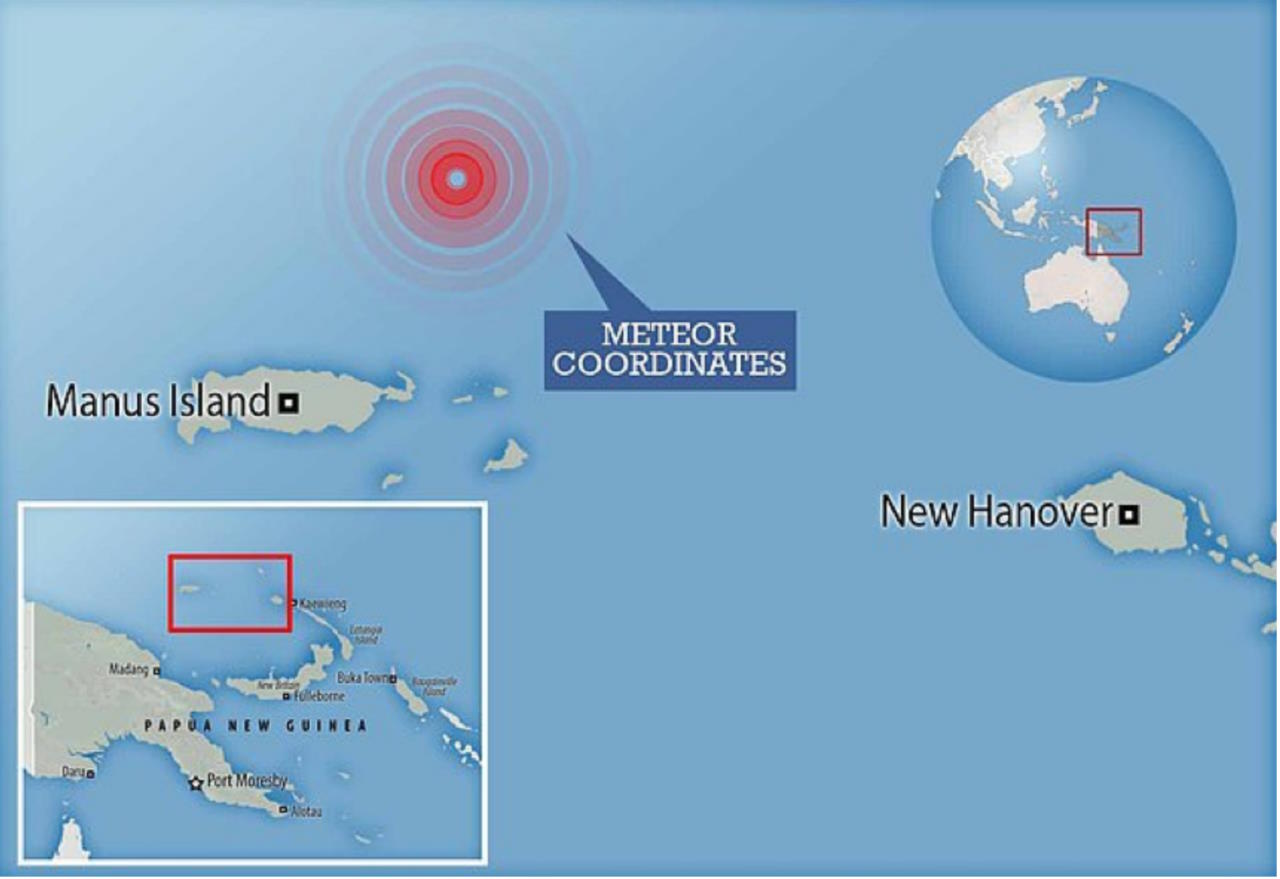
The 2014 fall for CNEOS 20140108 has an uncertainty in where it fell of nearly 100 kilometers, and landed in deep ocean waters: where the seafloor is a couple of kilometers beneath the ocean’s surface. Furthermore, the CNEOS database gives a location for where the meteor “flash” was recorded: more than 50 kilometers (31 miles) from where Loeb’s team searched the ocean floor. Meanwhile, Earth has been impacted by meteors for billions of years, and materials on the ocean floor not only experience weathering, but in the salty brine of the ocean, they interact with other material in Earth’s oceans, including terrestrial pollutants.
Iron-rich metal spherules have been discovered on the ocean bottom ever since the HMS Challenger first searched for and recovered them from 1872-1876, and have been common in every expedition since. While they have been called “cosmic spherules” owing to the assumption that they come from iron-rich meteorites, they have been subsequently joined by:
- waste products from the burning of fossil fuels,
- particulates from industrial and vehicular emissions,
- and runoff from mining and refining practices.
It’s impossible to link any of these recovered spherules with any particular event, but as Desch and Jackson pointed out,
“At the terrific speeds [CNEOS 20140108] is assumed to have traveled at—140 times the speed of sound—the meteoroid would have completely vaporized in the atmosphere… If it was a rocky body, only a fraction ≈ 4 × 10-5, or 20 grams, could have survived entry. If it were an iron body, it would have completely vaporized.”
Identifying the recovered iron spherules with the CNEOS 20140108 fall is a completely unscientific conclusion that flies in the face of what we know about the atmospheric entry and properties of Earth-impacting meteors.

Point #3: Are these spherules of an extraterrestrial, interstellar nature?
Loeb contends that his samples show that his spherules, overall, are composed of:
- 84% iron,
- 8% silicon,
- 4% magnesium,
- 2% titanium,
- with the other ~2% being composed of all other trace elements, combined.
Contrary to being of extraterrestrial origin, one must recognize that all recovered iron-rich meteorites are also nickel-rich meteorites; overwhelmingly, they are composed of an iron-nickel alloy known as meteoric iron, which typically is made of the two mineral phases kamacite and taenite. In fact, it was these iron meteorites that provided some of the first sources of iron available to humans, preceding the development of smelting, which began humanity’s so-called Iron Age.
Meteoric iron typically contains between 5-65% nickel by mass, while all of Loeb’s samples have reportedly far less nickel than that amount. This should indicate that the recovered material doesn’t have an extraterrestrial origin, but rather should originate from somewhere right here on Earth. There’s additional evidence to support that claim: from the isotopic ratios of iron, or the ratio of iron atoms with different numbers of neutrons in their atomic nuclei. Here on Earth, the naturally occurring iron isotope ratios are:
- 54Fe: 5.84%,
- 56Fe: 91.7%,
- 57Fe: 2.12%,
- and 58Fe: 0.28%.
Normally, iron isotope abundances are reported in ratios: with one isotope’s ratio to another. (E.g., 56Fe/54Fe.)
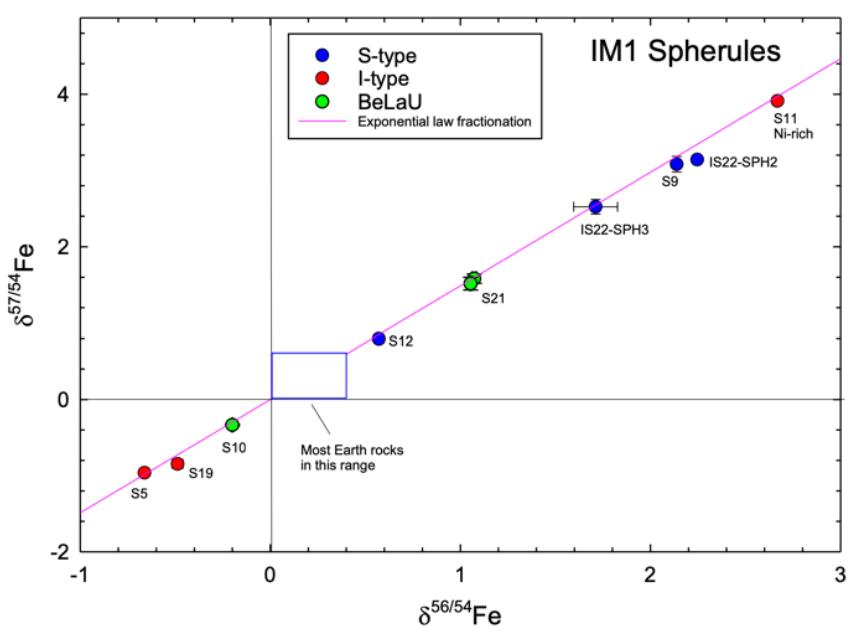
Of course, there are known processes that can change the isotope ratios within a given sample of iron here on Earth, with the most common culprit being processes developed by humans during and subsequent to the industrial revolution. Since all objects in our Solar System formed from the same pre-solar nebula, the isotope ratios should be identical, up to changes that occur due to vaporization (when heat is applied) and chemical-driven processes (when heat is applied in the presence of other materials).
In planetary science, there’s a line known as the TFL: the terrestrial fractionation line, that can be applied to isotopes of any given element. The basic idea is this: any sample that undergoes a chemical reaction, including simple heat-driven vaporization, will lose isotopes, but will lose its lighter isotopes faster than the heavier ones, proportional to 1/√(mass). Therefore, if you have a sample of, say, iron, you can test whether it’s consistent with originating in our Solar System by seeing if it falls on the TFL line for iron isotopes, or not, by showing it departs from that line by substantial amounts.
Above, the graph shows the data for that iron isotope fractionation for all 9 of his tested samples recovered for the expedition. Three samples gained mass (lower left); six lost mass (upper right); all are consistent with a Solar System origin. In other words, the evidence is against an origin, for all of these spherules, that lies outside of our Solar System. On this account — perhaps the most important one — Loeb’s extraordinary hypothesis fails while the null hypothesis succeeds.

Point #4: Does any of this provide evidence for aliens, or alien technology, associated with this event?
One of the aspects that Loeb pointed out as “unusual” for these spherules is the presence of what he calls five BeLaU spheres: five spherule samples that contain the elements beryllium, lanthanum, and uranium. He claims that these are not found in normal meteorites: the carbonaceous chondrites, and therefore we should consider that these are not only alien in nature, but evidence of alien technology. Others have run wild with this idea, claiming that seeing lanthanum and uranium are evidence that the aliens were using thermonuclear technology.
But how does this hold up to the null hypothesis?
As Patricio Gallardo showed in a recent publication, it would be irresponsible to not examine the known human-caused sources of contamination that have occurred here on Earth for hundreds of years. When looking through the (publicly available) coal chemical composition database, or COALQUAL, he found an incredible consistency between the beryllium, lanthanum, and uranium found in these spherules with the beryllium, lanthanum, and uranium that arises in the ash from the burning of coal. (The same is true for nickel, found at the ~30-200 parts-per-million level in Loeb’s spherules.)
In other words, the iron components of these spheres come from our own Solar System, and the trace elements found inside show evidence for human-caused industrial contamination, likely from coal ash.
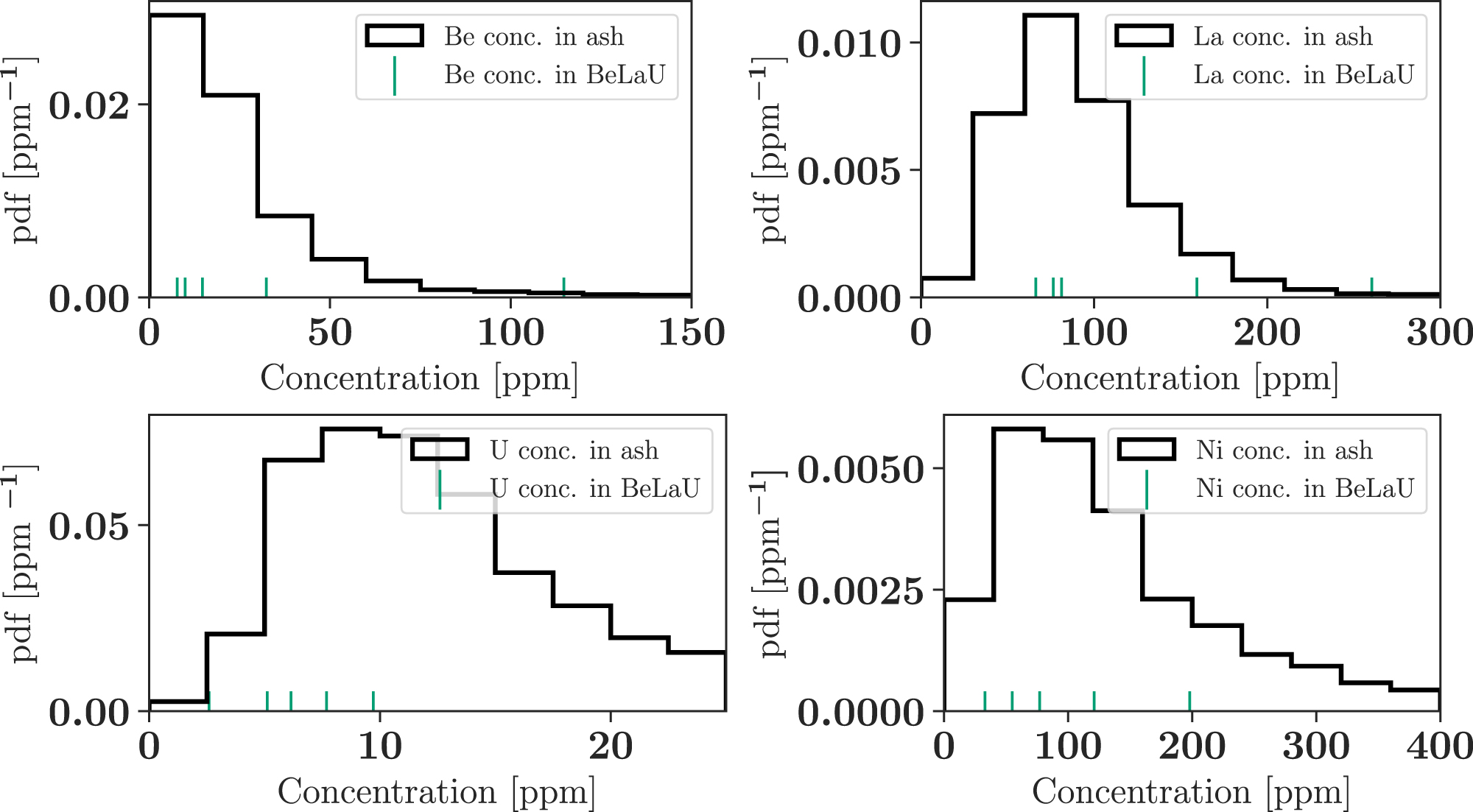
To sum up:
- There is no good evidence that CNEOS 20140108 was interstellar in nature.
- There is no good evidence that any of the objects recovered by Loeb’s expedition are associated with the CNEOS 20140108 fall.
- There is no evidence that any of the spherules recovered by Loeb’s expedition are of interstellar origin, but plenty of evidence (from isotope ratios) that they originated from within our own Solar System.
- And there is no evidence of any alien involvement, but there is substantial evidence of human (and specifically, industrial) activity imprinted in these spherules.
I reached out to other scientists for comment, and comments included:
- From a professional geologist: “Loeb should have sampled extensively outside his target area, before and (preferably) after taking his target area samples… basic (field) science fail, at the experimental design stage.”
- From astrophysicist François Rincon: “I feel so sorry for all the real Harvard astronomers.”
- From astrobiologist Caleb Scharf: “Well, they did indeed discover evidence of a technological civilization…right here on Earth.”
- From astronomer James Beattie: “lol.”
- And from astrophysicist Raul Jimenez: “it is actually a huge “waste” what the Harvard astronomer has generated in this field of “techno-alien-signatures”. I am beyond [perplexed] thinking how somebody can push forward something against all experimental evidence.” (ES’s note: “waste” is a pun because the word for coal ash in Spanish is escoria, which has a second meaning.)
But the most important lesson is this: in any endeavor, we must always ask the essential question of, “What is true?” rather than treating all voices — even expert voices — as equally valid. Regardless of Avi Loeb’s past research successes, the entire fiasco surrounding his hypothesis of an alien origin for CNEOS 20140108, just like his prior prominent claims concerning aliens, should help drive home this lesson: its must be evidence, and not any other standard, that leads the way in any scientific endeavor.
The author acknowledges Steve Desch for useful conversations and the sharing of pre-publication resources.

